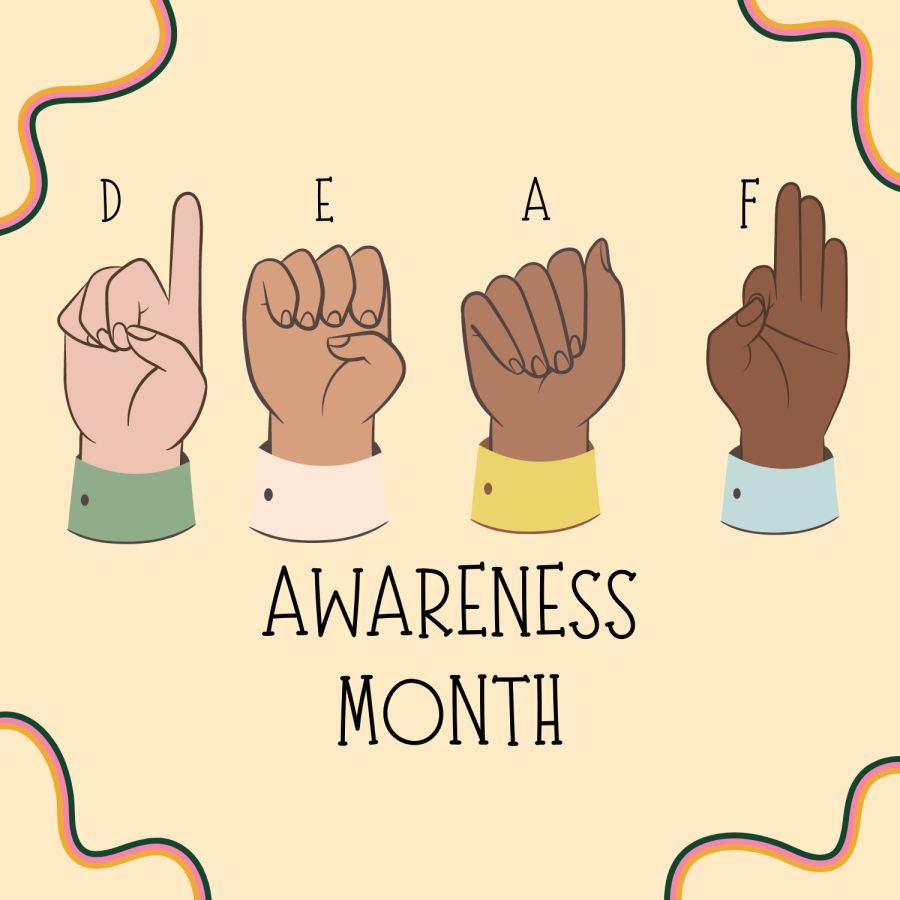
Image source: Shutterstock
Why ASL?
- For an extended period of time, sign languages were discredited with the idea of being a language. In 1880, the Milan Conference discouraged the usage of sign language as they prioritized oral teaching (Bowman-Smart et al., 2019).
- As the percentage of hearing-impaired students in general classrooms increased, vulnerability to social “isolation, stigmatization, loss of independence, poorer literacy and academic outcomes and underemployment” increased as well due to the limited understanding of ASL and the Deaf culture in mainstream education (Bowman-Smart et al., 2019).
- Deaf and hard-of-hearing students struggle to engage with their peers and teachers, relying solely on interpreters to communicate effectively. This struggle not only stemmed from the lack of interpreters but also from a general lack of awareness and understanding about deafness (Rosen, 2006).
- Since 90% of deaf children are born to hearing parents, increasing ASL curriculum would majorly benefit the community of Deaf individuals and others in similar positions. Additionally, with the large amounts of misconceptions about Deaf or hard-of-hearing individuals, introducing an ASL curriculum would create a more inclusive environment that would positively shape their representation (National Institute on Deafness and Other Communication Disorders, "Quick Statistics About Hearing").
Why Learn ASL
- ASL can improve your cognitive abilities, as it fosters analytical thinking, enhances multitasking, improves social cognition, executive control, and many more advantages that come from being bimodally bilingual. Moreover, learning ASL as a second language can serve as a protective measure against cognitive decline in older age, delaying the onset of dementia by 4 to 5 years (Bowman-Smart et al., 2019).
- If more people learn ASL, we can foster a more inclusive community for individuals who are Deaf or hard of hearing. Some of the misconceptions surrounding the Deaf culture, such as the belief that ASL is a universal language or the stereotype that deaf individuals are unintelligent, highlight the importance of addressing these misunderstandings. ASL classes not only teach the language but also promote an understanding of the nuances of the Deaf culture, helping to break down barriers and create a more inclusive environment where everyone is valued and respected (Julia Garner, one of the Directors of ASL Discoveries).

Source: Start ASL
Statistics
Surveys Distributed
Supported A More Inclusive Environment for the Deaf Community
People Are Insterested in Learning ASL
Supported the Integration of ASL Classes in Public Schools

The majority of respondents, 83.7%, agreed on the development of inclusivity for the Deaf community. However, for the 16.2% who did not support a more inclusive environment, this could be due to a lack of awareness about the Deaf community and ASL. To address this, the ideal solution is to raise awareness about the importance of inclusivity and the benefits of learning ASL. Therefore, creating a website and a social media account would be our solution to raise awareness.

Approximately 65.9% of respondents showed interest in learning ASL compared to the low percentage of 28.9% that are disinterested. Therefore, due to the highly encouraged support and interest shown, implementing ASL classes as a language credit or elective is a promising initiative to meet the demonstrated interest and potentially enhance inclusivity within the community. Regardless, our main goal is to offer these classes to students despite enrollment status.

About 84.1% supported the implementation of ASL classes. For instance, the incorporation of these classes is encouraged and beneficial for fostering inclusivity within educational settings. In the event of a shortage of qualified ASL teachers, schools can partner with a non-profit organization.
Respondents' interest in learning ASL and the frequency with which they wished to communicate in ASL

There is a moderate correlation of +0.57 between the respondents' interest in learning ASL and the frequency with which they wished to communicate in ASL. As 119 out of the 252 participants, or 47.22%, agreed on an interest in learning ASL, 49 of those 119 people, or 41.17%, sometimes wished they could communicate in ASL. To add to this correlation, 16 out of the 252 respondents strongly disagreed and 25 disagreed with an interest in learning ASL. However, since those 41 participants also chose that they have never wished to communicate in ASL, there's a clear correlation between a person’s interest in learning ASL and the frequency of individuals wanting to speak with ASL.
Respondents' interest in learning ASL and the frequency in which they use subtitles due to hearing difficulties

There is a weak correlation between the respondents' interest in learning ASL and their necessity to use subtitles when watching media due to hearing difficulties. Although the correlation of +0.29 seems weak, individuals who use subtitles because of hearing difficulties still play a factor as it slightly affects people’s interest in learning ASL. As a result, there might be another factor that contributes to people’s interest. Additionally, we can see that of the 252 surveyed respondents, 119 or 47.2%, agreed on an interest in learning ASL, and from those 119 respondents, there was a significant portion that relied on subtitles from circumstances of hearing difficulties. Thirty individuals used subtitles sometimes while 42 used them at least often. Therefore, even if there is a weak correlation, experiencing hearing difficulties might encourage others to pick up ASL.
Resources
About Us
Mission Statement
We aim to foster inclusivity by integrating ASL into public schools and spreading awareness about the Deaf community and culture.
We are NYC public high school students working on a quality of life proposal on ASL curriculum through the Wise Foundation. We have created this website and an Instagram account to spread awareness about ASL and the Deaf community, with the goal for more people to become interested in learning ASL. We're working on trying to implement ASL classes in NYC public schools to give students the chance to be exposed to this language and community.

Source: The Torch


